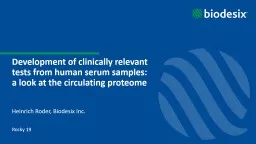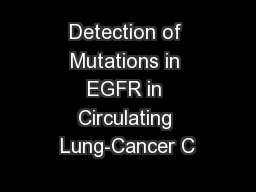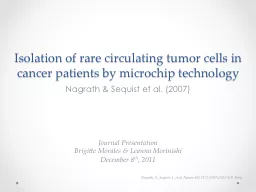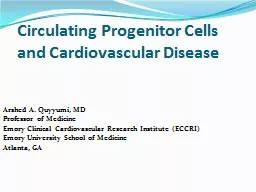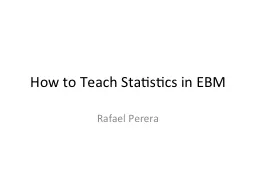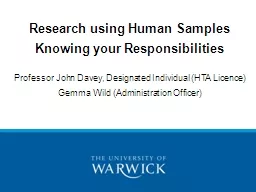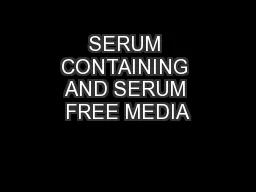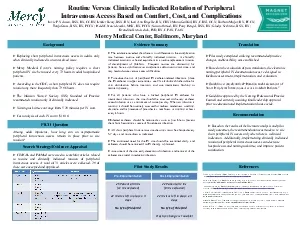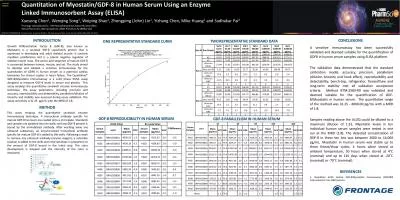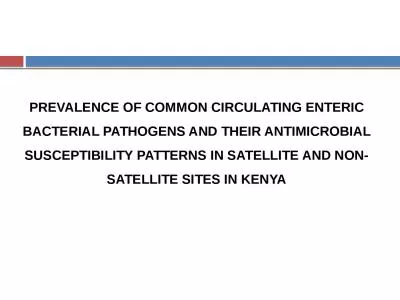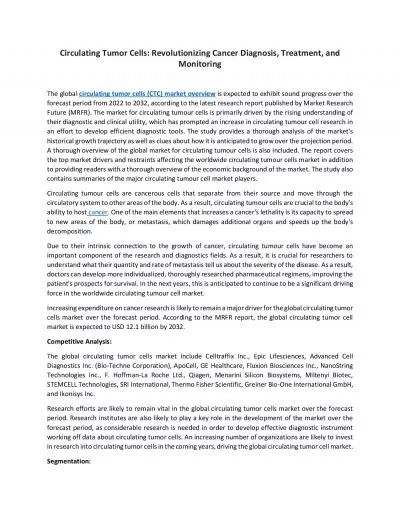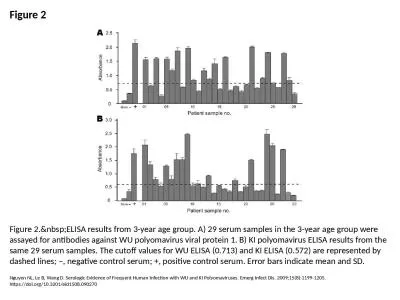PPT-Development of clinically relevant tests from human serum samples: a look at the circulating
Author : triclin | Published Date : 2020-06-15
Heinrich Roder Biodesix Inc Rocky 19 Outline The circulating proteome Machine learning Big Data and Deep Data Diagnostic Cortex platform machine learning approach
Presentation Embed Code
Download Presentation
Download Presentation The PPT/PDF document "Development of clinically relevant tests..." is the property of its rightful owner. Permission is granted to download and print the materials on this website for personal, non-commercial use only, and to display it on your personal computer provided you do not modify the materials and that you retain all copyright notices contained in the materials. By downloading content from our website, you accept the terms of this agreement.
Development of clinically relevant tests from human serum samples: a look at the circulating: Transcript
Download Rules Of Document
"Development of clinically relevant tests from human serum samples: a look at the circulating"The content belongs to its owner. You may download and print it for personal use, without modification, and keep all copyright notices. By downloading, you agree to these terms.
Related Documents

